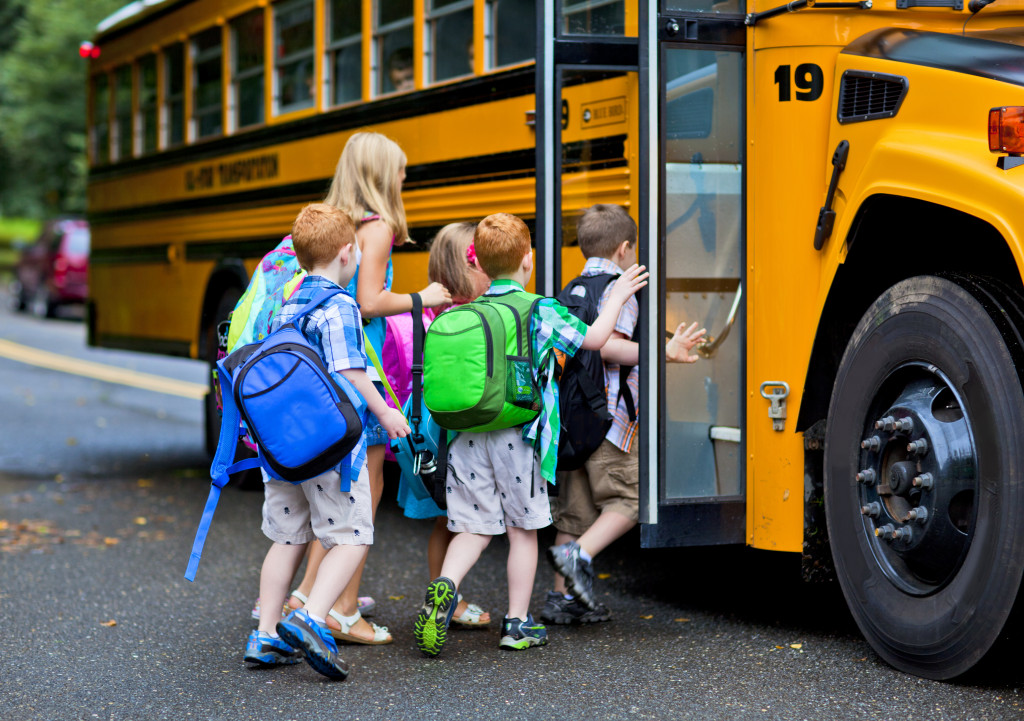Parents all over the world are now in a Catch-22 kind of situation: “Is education compromised in distance learning? But children’s health is at risk with in-person learning. But isn’t education compromised in distance learning?” And the loop is endless. Under normal circumstances, choosing between in-person learning and distance learning may be a welcome challenge when tailoring it into their unique life. It is far different when one is pressured into choosing in these unprecedented times of COVID-19.
The COVID-19 pandemic, along with its global health and economic implications, saw two universal truths come to a head: Education is a human right. Health is too. So where should we all stand? Here, you’ll learn the benefits and downsides of each of the two learning modes—in-person versus distance learning in the face of the ongoing COVID-19 global pandemic.
The Advantages and Disadvantages of In-Person Learning
Pro: Kipp Texas Public Schools advocate in-person learning, citing that studies show socializing and developing friendships as instrumental in helping children learn better and more lastingly. They believe that children are more able to create meaningful connections in person rather than online.
Con: This concept of allowing for physical connection goes heavily against the grain of social distancing as a public health protocol against the spread of the novel coronavirus.
Pro: Peer and teacher interactions are more tangible and thus memorable. In-person learning is more interactive and group-oriented.
Con: COVID-19 actually limits the actual peer and teacher interactions in the classroom with the mandated public health protocols in place. Such regulations may bear mentally stressful effects on some children.
Pro: In-person schooling is structured and can allow working parents more flexibility in their work pursuits. School schedules will diminish the more intensive need for parental monitoring required by distance learning.
Con: Parents might worry more about their children’s health as they become exposed to others away from home. This will possibly cause the parents more anxiety and heightened stress levels.
Students participating in in-person learning can benefit from interaction and collaboration afforded by face-to-face setup. Should your child be allowed to attend school physically, conversations with your children about social distancing hygiene protocols are strictly imperative.
The Advantages and Disadvantages of Distance Learning

Pro: Attending school from the confines of the home significantly lessens the risk of COVID-19 exposure. Furthermore, students do not have to abide by strict safety protocols at home than they will have to at school.
Con: Interaction with teachers and peers is two-dimensional. Empathy is likely to be more difficult.
Pro: Students have more flexibility to work at their own pace.
Con: Children feel more confident when their daily activities follow a structure. Routine is especially helpful for children with focus issues. The flexibility afforded by distance learning takes away from this, unlike classroom learning.
Pro: Distance learning eliminates the need for transportation and its costs and the need to wake up early to get ready for and commute to school.
Con: What you save on transportation costs may not be enough to cover the electric, internet, grocery, and other utility bills at home that are bound to increase.
With the advancement in technology comes the increased innovation in the delivery of education. Alternative approaches to education delivery appeal better to older students who are capable of independent study. In fact, information on online senior high school application requirements is readily available on the web for those who will actively opt for this modality. A formal study in the “International Journal of Research in English Education” concluded that “the future opportunities for distance learning are unlimited”. In other words, people can reasonably expect more innovation in distance education in the coming years.
In-Person Learning or Distance Learning During COVID-19: Is there a Compromise?
Blended learning may be a combination of distance digital learning students can access 24/7, face-to-face instruction, modular learning, and even project-based community-service learning activities. This model appeals to students because they can work at their own pace while also having teachers available to provide guidance and instruction. There will also be extracurricular learning opportunities. In blended learning, parents will need to be extra diligent in cultivating health and hygiene practices among their children.
The weight of this decision between in-person and distance learning is felt by most, if not all, parents around the world. As everyone tries to navigate a pandemic while likewise trying to ensure our children’s welfare and education is indeed a delicate balancing act. It pays to stay up-to-date and informed on alternatives that local school districts and government units present. Never hesitate to ask questions as needed.

